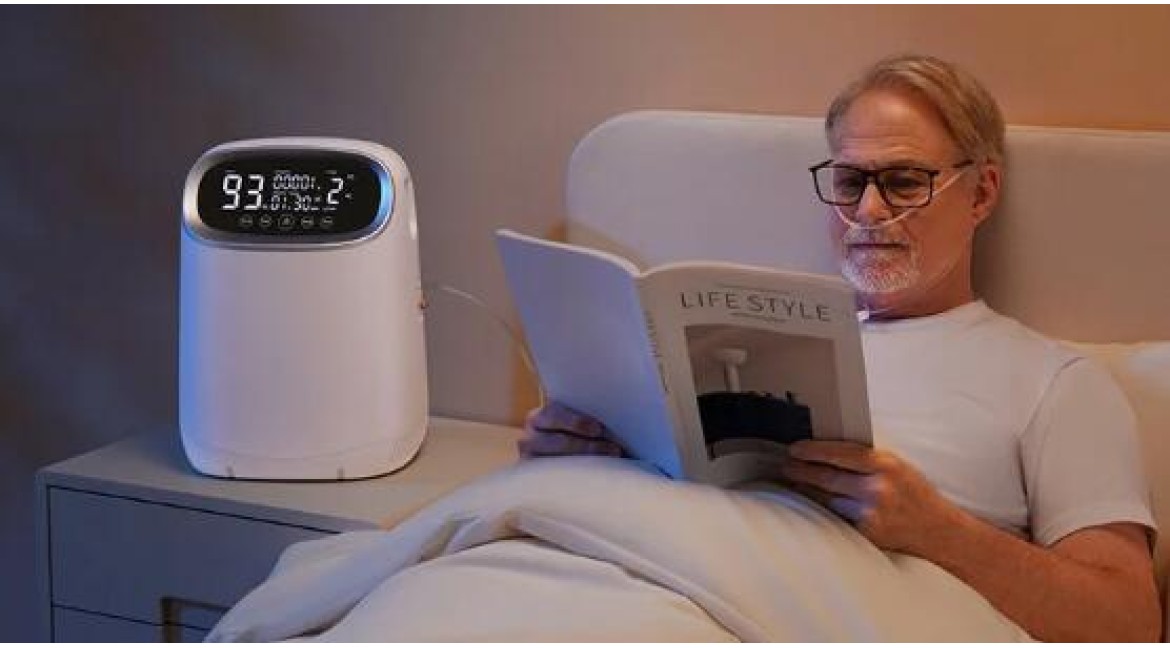
Precautions for purchasing an oxygen concentrator
With the increasing awareness of health among people, various medical devices are becoming more and more well-known, among which the home oxygen concentrator is a relatively popular type of home medical device. The main group of people who need home oxygen concentrators are middle-aged and elderly people, and the actual buyers are often the children of the elderly. So, how can I buy a satisfactory oxygen concentrator for my parents?
Firstly, the oxygen concentrator should have a high-definition electronic display screen and be easy to operate. You should know that many elderly people have poor eyesight. If the text on the screen is too small or not clear enough, it will bring great difficulties to parents and the user experience will be very poor. Just starting up and using it will take a lot of time. In addition, the functional design should not be too complex. The main and core function of an oxygen concentrator is oxygen production. If there are too many fancy functions, it will make the operation more complex and also unfriendly to the elderly.
Common knowledge of using oxygen concentrators
What is the best time period for oxygen absorption?
Half an hour after meals and before going to bed at night, the body's blood oxygen saturation is low, and oxygen inhalation can supplement oxygen concentration.
After meals, due to frequent gastrointestinal peristalsis, blood oxygen will preferentially tilt towards the digestive organs, leading to a decrease in blood supply to other organs and an increase in the burden on the heart.
Because cardiovascular diseases usually occur late at night and early in the morning, oxygen before bedtime can effectively prevent the occurrence of cardiovascular diseases.
Moreover, oxygen inhalation has a sedative effect, and taking a little before bedtime can help you sleep soundly.
How long does each oxygen inhalation last?
The frequency and duration of oxygen inhalation vary from person to person. For people with lung diseases, it is recommended to continue low flow oxygen inhalation every day, specifically 2-3 liters per minute. If the situation is more serious, the oxygen output per minute needs to be adjusted to 5 liters. Of course, for this type of person, the specific situation must be followed by medical advice.

